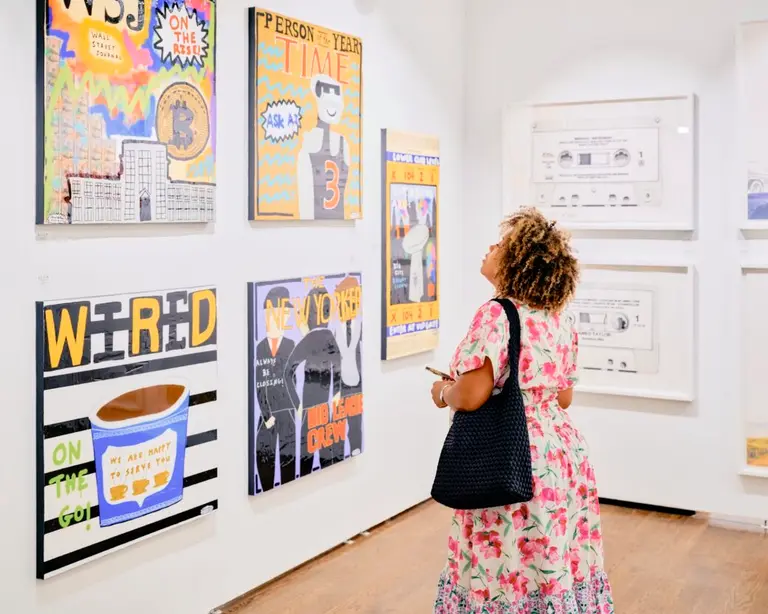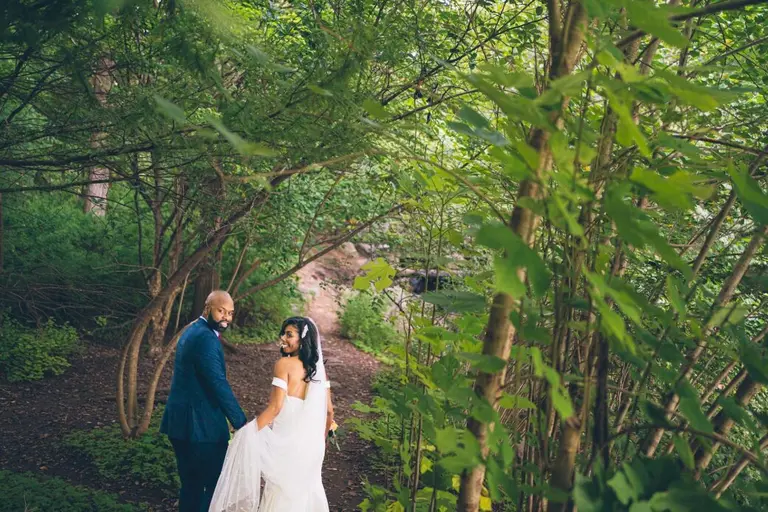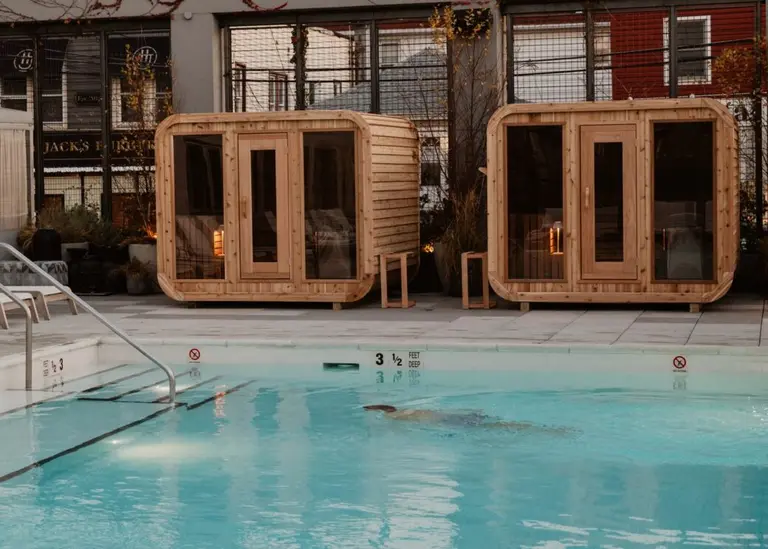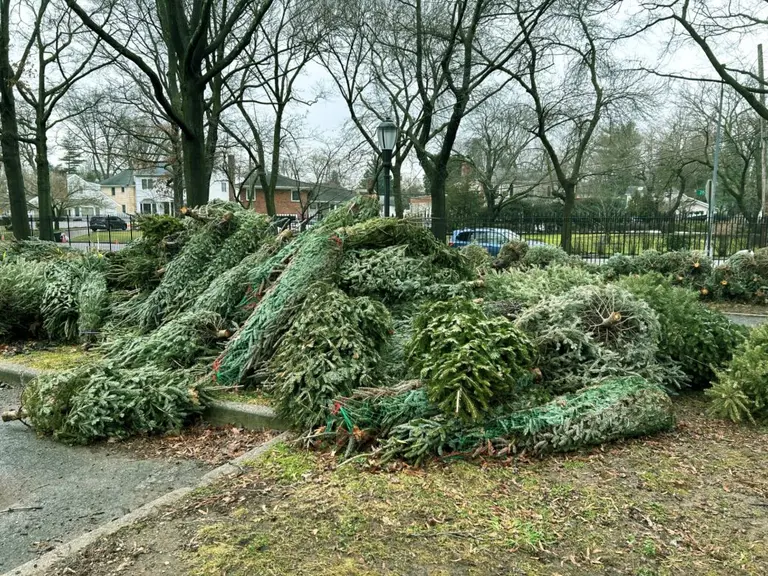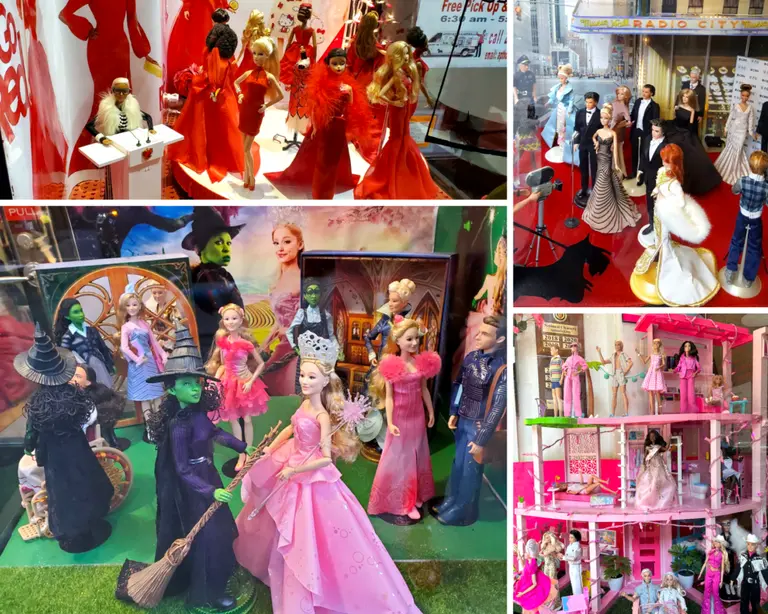Inside the world of NYC birding: City wildlife is more than ‘just pigeons and cockroaches’
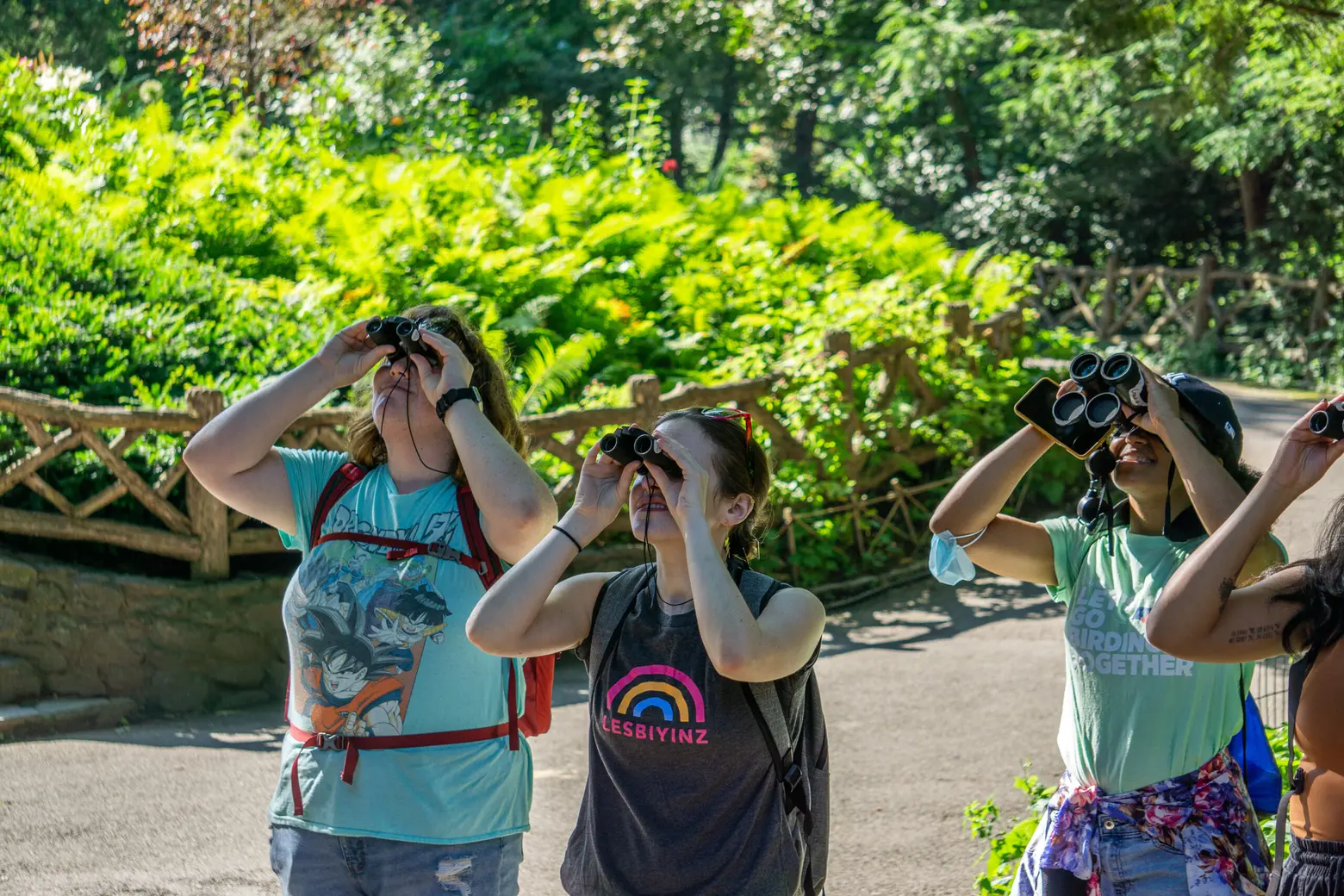
Photo credit: NYC Bird Alliance
Angie Co’s favorite spots for birding in New York City are Prospect Park, Greenwood Cemetery, and Jamaica Bay, a wildlife refuge and National Park that’s host to over 325 species of birds, mostly migratory waterfowl. But it was in a community garden a few blocks from her Brooklyn home that her husband, also an avid birder (and one gifted in recognizing bird songs), spotted a bright yellow Kentucky warbler. Within minutes, birders descended on the park with cameras; they had gotten a rare bird alert on eBird. Co prefers not to sign up for alerts. “I like to be surprised and find birds myself,” she said. “I don’t like to chase birds.”
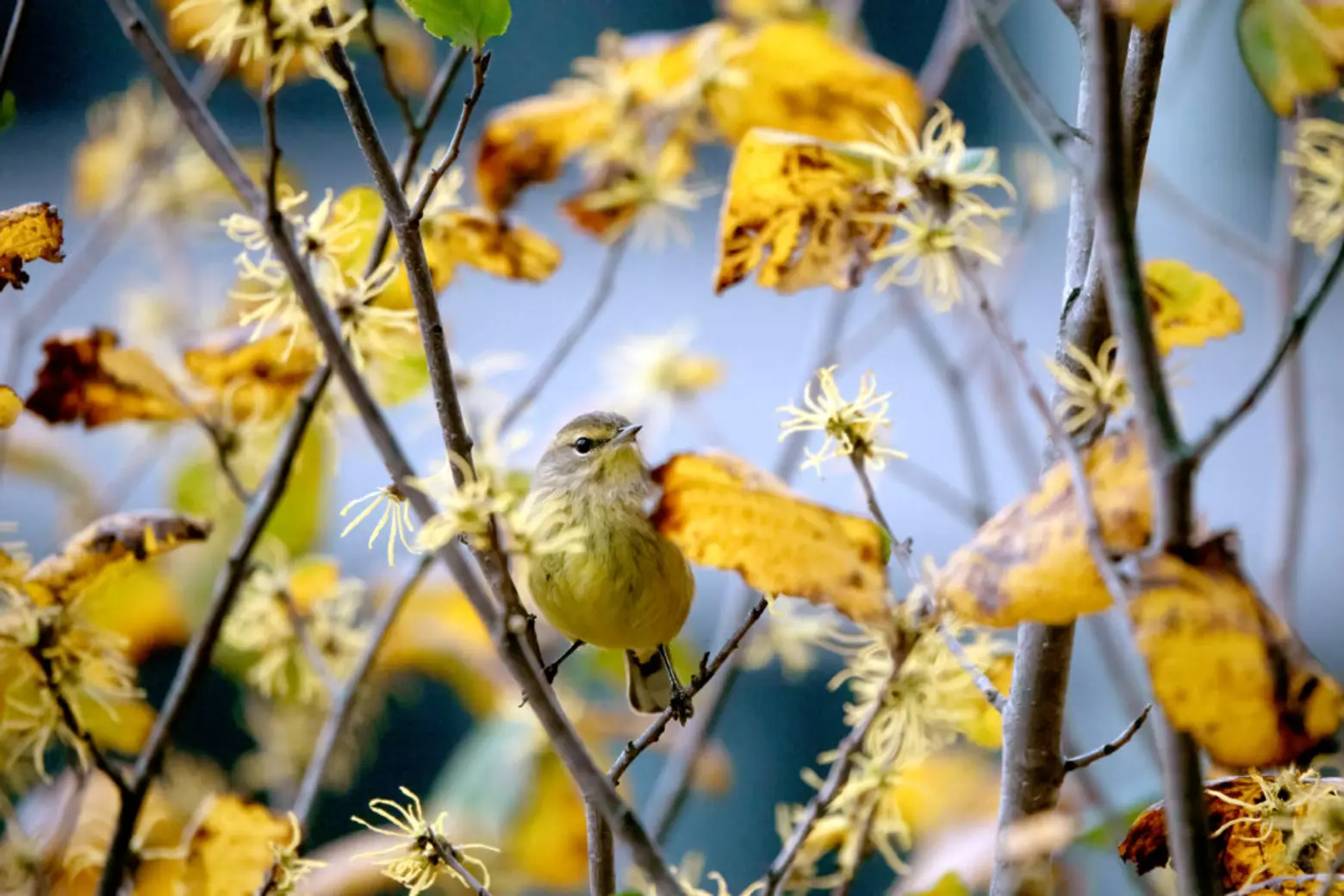
According to the NYC Bird Alliance (formerly the NYC Audubon) of which Co is on the board, more than 400 species of birds — some rare — have been spotted in the city. There are so many birds, they are often listed by borough and then by park.
The NYC Bird Alliance offers a printable checklist of birds you might see in the city, categorized by type and seasonal occurrence. According to the checklist, some of the rarest birds spotted (so rare they don’t even include them because they’ve only been spotted once or twice) include the Pacific Loon, Wood Stork, and Black-throated Gray Warbler, among others.
“We live in a concrete jungle,” Co said. “You think of a huge metropolis, the birth of the skyscraper, urbanism … but NYC is one of the most amazing places to bird and one of the wildest cities.”
Co is an architect by profession and through studying NYC skyscrapers, she discovered birding in 2016. “It completely changed the way I thought about the city, felt in the city, accessed the city. It was a totally new education,” she said. “Birding just gripped me so heavily.”
She became more interested in how to build green and use bird-friendly building materials, which the city now requires thanks to the NYC Bird Alliance. Glass on buildings must now have a dot pattern so that birds don’t fly into it. The Alliance’s efforts also include “Lights Out” laws, green roofs, and preserving Jamaica Bay and the Ramble in Central Park.
“Migratory birds are of great ecological and economic value to this country and to other countries. They contribute to biological diversity,” writes the United States Environmental Protection Agency, “and bring tremendous enjoyment to millions of Americans who study, watch, feed, or hunt these birds throughout the United States and other countries.”
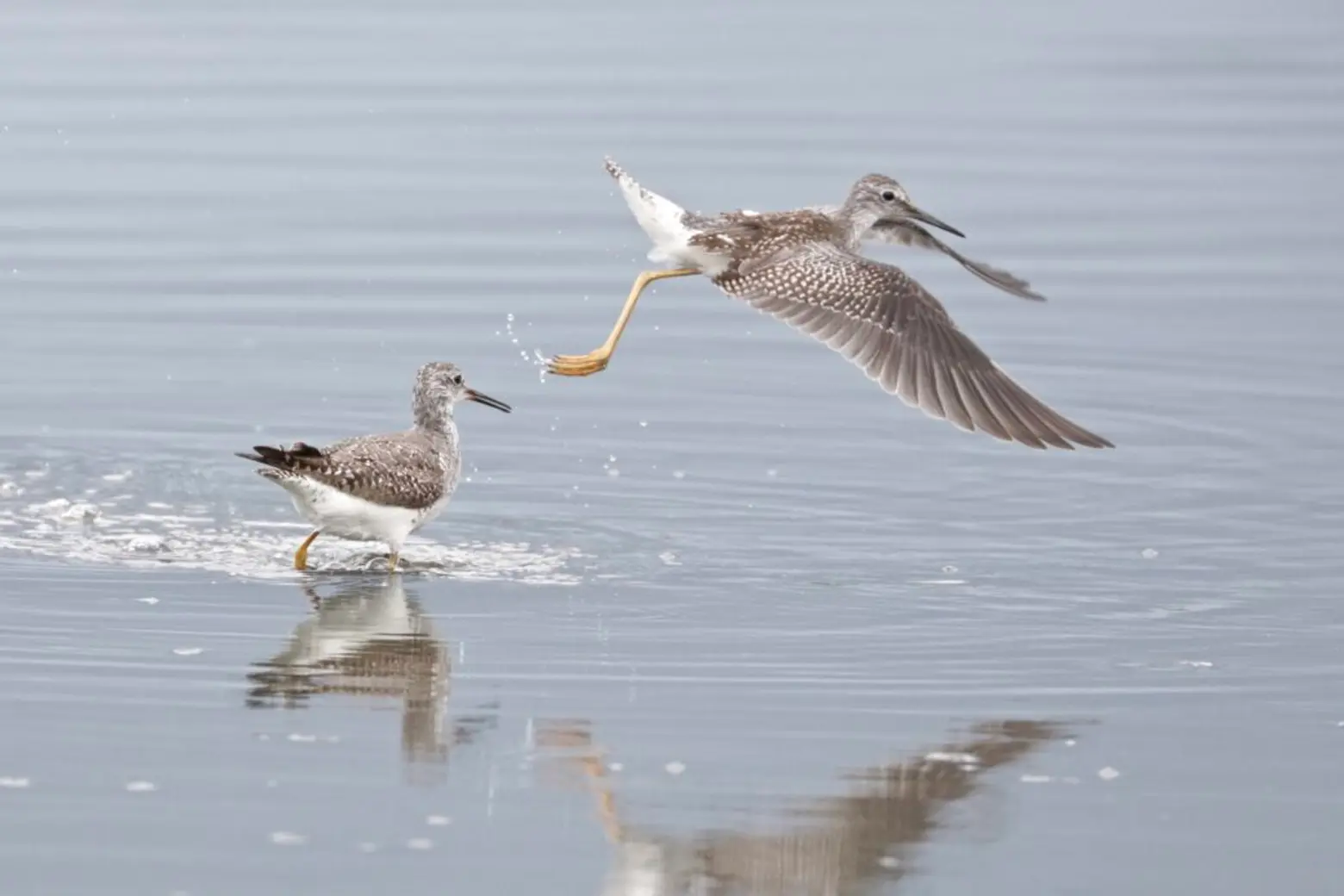
Conservation and joy are exactly what’s at the heart of NYC Bird Alliance, Roslyn Rivas, Public Programs Manager, explained. “The mission for our public programs is to inspire a love for birds and nature and to inspire people to become wildlife conservationists themselves.”
In getting to know the city’s winged transients, Co says people feel inspired to “care for lives that are different from our own.”
“One of the things at the core of wildlife education is that you’re more likely to care more about something if you’re exposed to it,” added Rivas.”I’ve heard so many people be so in awe of their first time birding and it really does change your perspective on what you see in the city. Wildlife in NYC is not just pigeons and cockroaches..,” she said.
“When I started, I was just floored with how many species you can see. I’ve grown up being a nature nerd and not littering, but (birding) can have a profound effect on people who may not think of these things.”
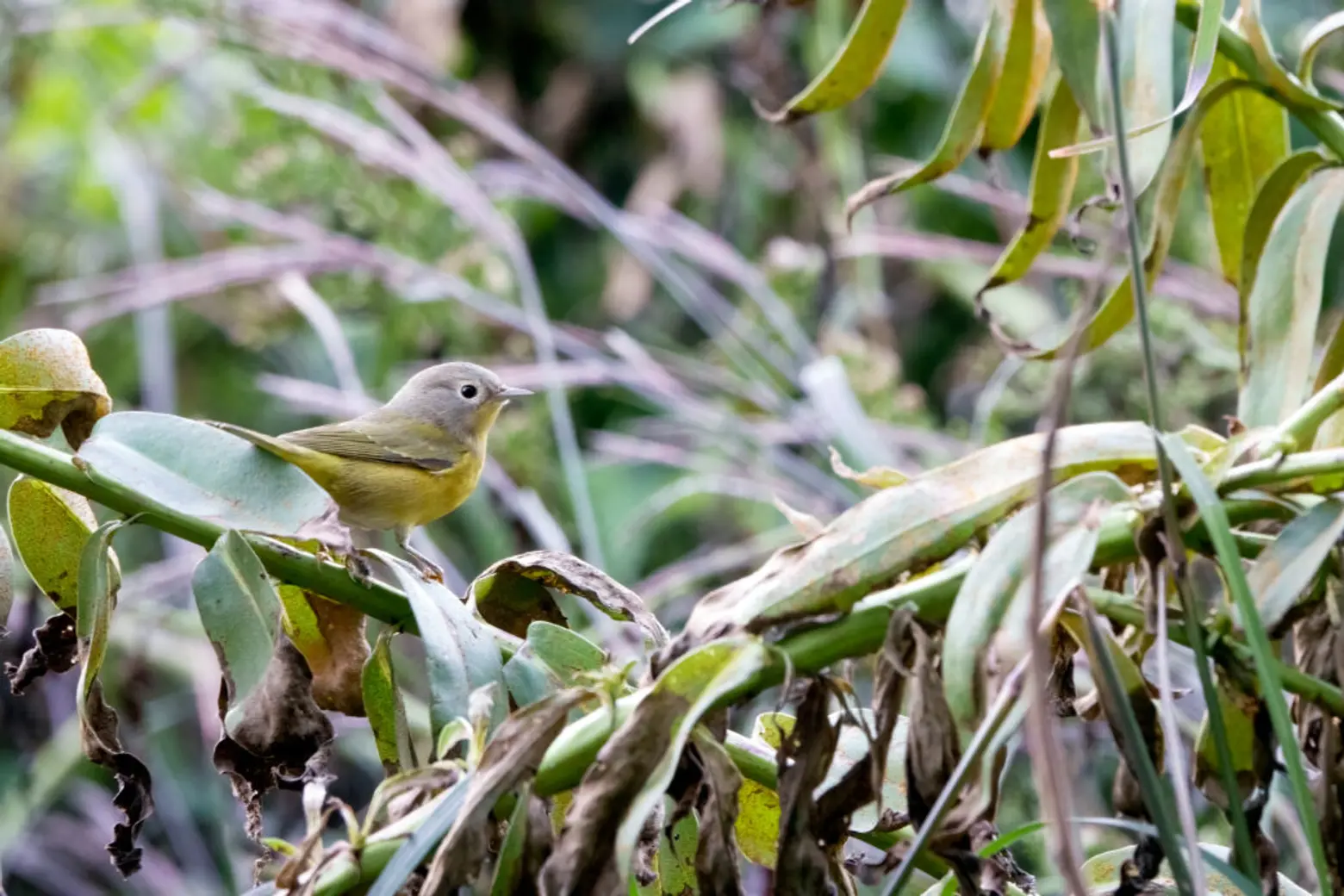
And what people also may not realize is how intertwined birds are with the very landscape of New York City. Speaking about a heron, Co said that “one of the comments from new birders is, ‘Wow that bird looks like a dinosaur.’” And birds are prehistoric. So is New York City.
Tracing all the way back to the ice age is a geological formation called the “terminal moraine,” which stretches from Staten Island through Brooklyn and Queens,” according to NYC Parks. Its origins are the Wisconsin ice sheet, an “ancient sheet of ice (that) left its mark on a very modern phenomenon: New York City,” the New York Times wrote in a 2018 article.
Along this ancient formation is where you’ll find a habitat that attracts many migrating birds; Forest Park in Queens is a good spot to experience this. The best times to go birding are during migration periods as hundreds of species of birds fly through NYC on their way north or south. Because the green space in the city is concentrated, it’s easier to spot them than if they were spread out all over the city. Prospect Park, for example, lists a few “hot spots” for migration period sightings.
With fall migration beginning soon, the NYC Bird Alliance is planning a myriad of events to celebrate and get people interested in the hobby that suffers from a certain reputation. “The stereotype for a long time was older people, retired people, white people, middle class or affluent people,” Co said.
There will be 150 events in the fall, according to Rivas, that will be listed on the site starting Aug. 16 and available to register on Aug. 19. These include paddling the Bronx River, field sketching in nature, bird photography, and festivals like the Shorebird Festival on Aug. 24, “Raptorama” in October (one of the most popular events) and Pumpkin Point Festival for Halloween on Governors Island.
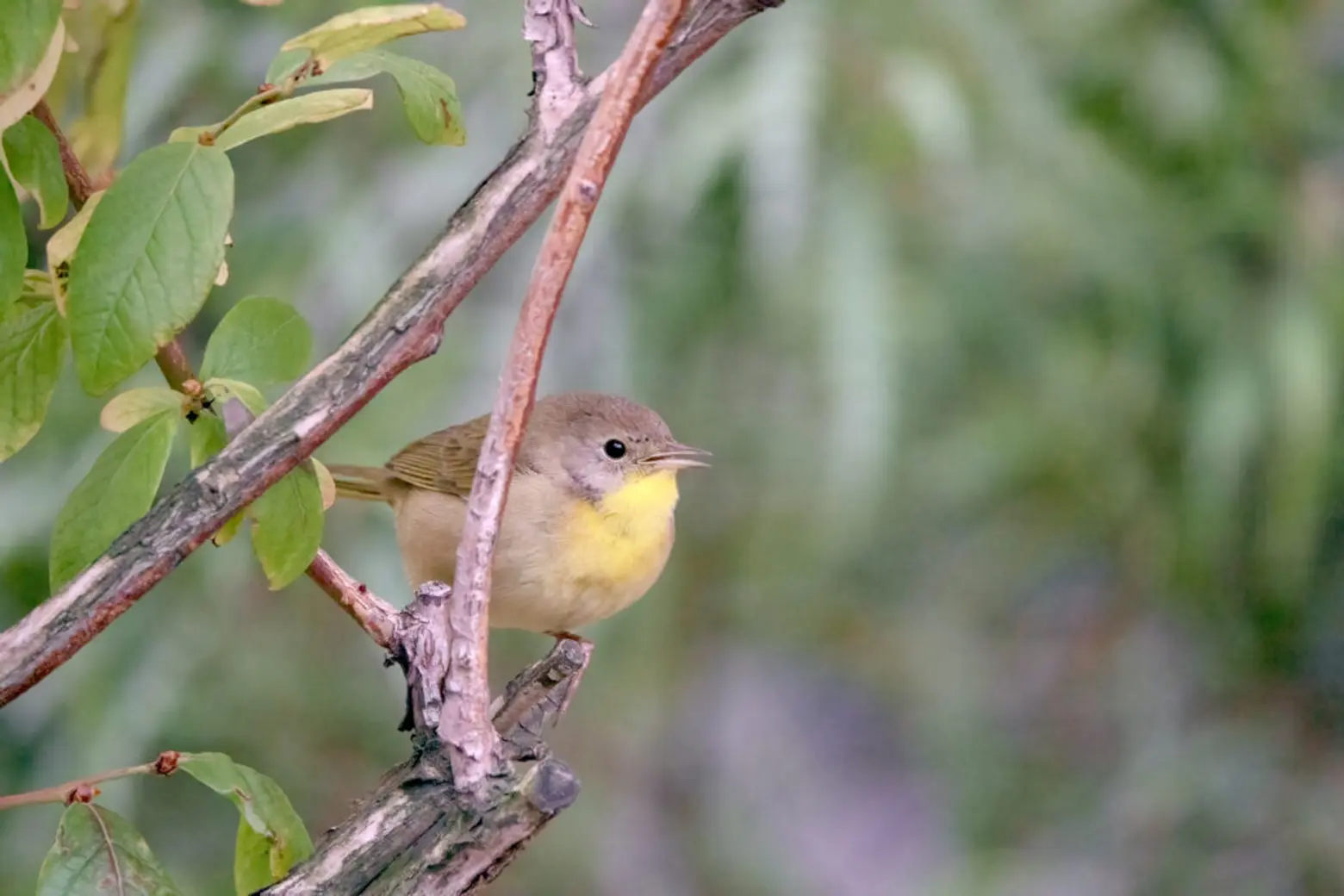
So what is it about birds?
Both experts talk about accessibility to the animal; they are right there outside people’s windows to see or hear (some people bird by ear). And then there are the positive impacts on mental and physical health associated with getting outside in nature.
“It’s appealing. There’s something very raw about experiencing wildness in this accessible way,” Co said.
She finds that raptors “capture the imagination of city dwellers” because they are so large and easy to identify. “You can watch their behavior which is breathtaking; a lot of them breed in Staten Island.”
One of her favorite birds (though she could never pick one single favorite) is the gray chimney swift. “They bring me so much joy, and I feel so happy when I see them and hear them, and I hear them almost every day.”
For Rivas, red-winged blackbirds are special, as are all wading birds. And she once saw a pileated woodpecker — the largest woodpecker in North America — in Van Cortland Park. Standing at 5’1, Rivas said she felt like the bird was as tall as she was. Growing up next to the Bronx Zoo is her “origin story.” It led her to study ecology and evolutionary biology, and eventually land in the world of birds.
We’re in a birding boom of sorts. Both Co and Rivas, attribute the current popularity of birding to the pandemic when many people, and especially New Yorkers, got out into nature. In 2020, an incident in Central Park made headlines when a white woman called the police on a Black man who was birding. This also fed a movement to show that birding is for everyone.
“The incident went viral and a lot of people realized (some) people don’t feel comfortable birding by themselves in woods using binoculars, and it may not be totally safe, so a lot of groups are focusing on different styles of bridging, making it more inclusive,” Co who is the chair of the Equity and Diversity Committee of the NYC Bird Alliance, said.
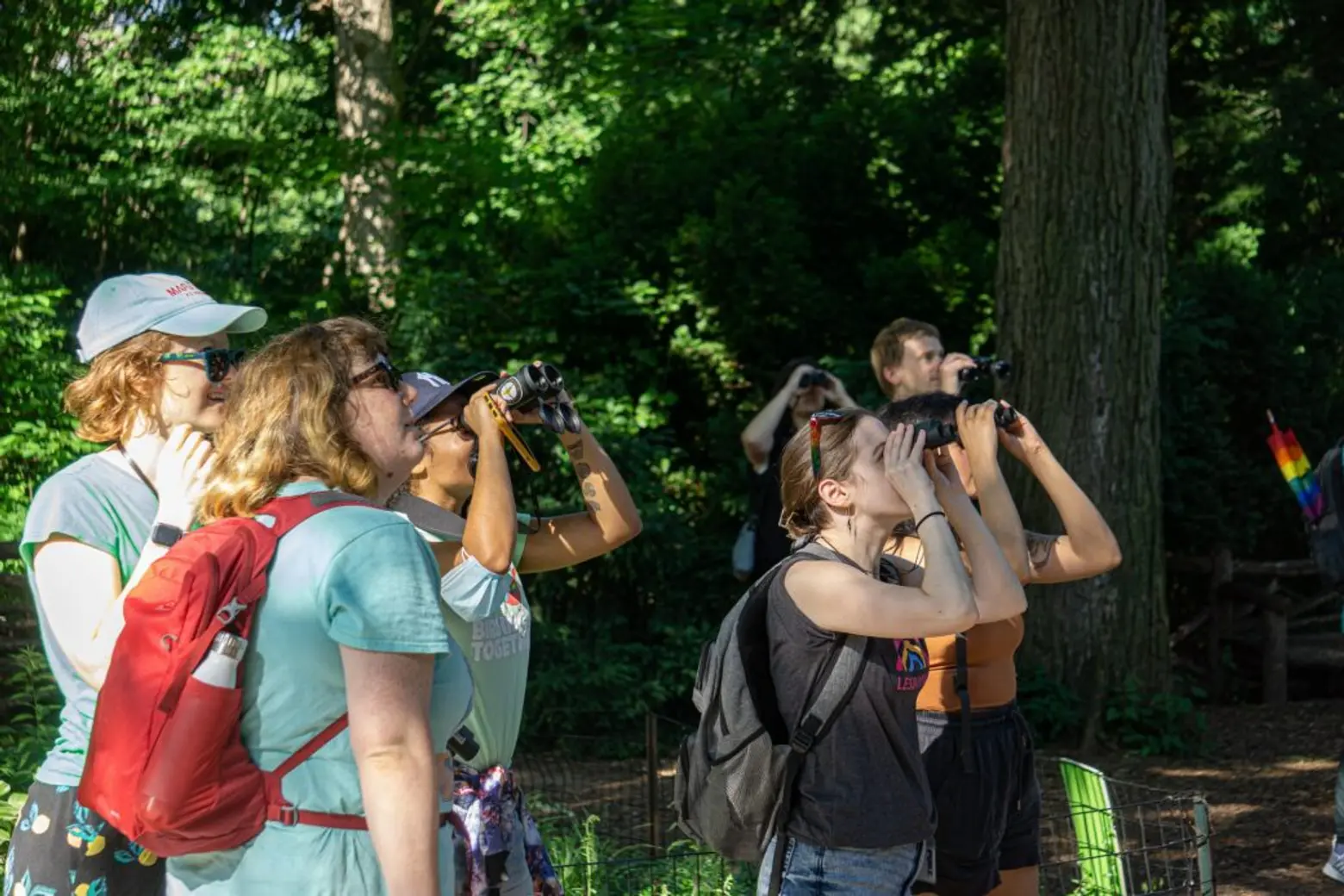
One of the missions of the Alliance is to share this simple joy and excitement with people all throughout the city. Co shares that many of the Alliance’s programs are free, including bird walks in all the boroughs. And there are specialty clubs too such as the Feminist Bird Club and Queer Birders.
“Our priority is engaging communities that don’t have a lot of access to greenspace which is not equally disturbed around the city,” Rivas said. “(We have) events targeted for people with disabilities or multilingual events; everyone can have a positive relationship with nature.”
“If you know what a bird is, you’re a birder,” Rivas added. “You don’t need expensive equipment. Over the years the culture has shifted. It’s not stuffy and elitist; it’s welcoming and open.”
And speaking of not using fancy equipment, on a typical birding day, Co gets up pretty early “but not too early” decked out in apparel from her brand Bird Collective. Sometimes she brings a backpack with snacks, water, and protection from the sun. Other times she just brings her binoculars and nothing else. The thing is, every day might be a birding day.
“I’d be out birding between two and five hours on good days, longer if I’m out for a more relaxing day — and I bring fun gear like a lot of refreshments and a chair for a picnic. Or maybe I just have an hour for a walk with birding,” she said. She always has her smallest binoculars (she has multiple sizes) on hand just in case.
You won’t find her with a camera, either, as she chooses to simply be in the moment rather than try and capture it in any permanent way. “You have to decide if you are going to look at the bird or take a photo of it,” she explained. “I just love to watch them, that’s my style. I enjoy the serendipitous, slower (pace).”
She does keep lists of her finds, though — especially the “lifers,” which are first-time bird sightings. She’s graduated from an old field book with scribbles in the index to the popular online platform eBird that allows birders to log their notes, share their sightings, and receive rare bird alerts.
Though she’s fiercely passionate about birding — she’s not only on the board of the NYC Bird Alliance, but the co-founder of Bird Collective (a line of bird-themed apparel that supports preservation efforts) and an active member of the Brooklyn Bird Club — Co takes that fairly relaxed style to birding. But she described a variety of birding styles.
“There are hardcore birders, hardcore twitchers or chasers who spend an entire day running or driving or subwaying to catch whatever bird they can find for their lists. It’s like a competitive sport,” she explains.
“While on the other side, the culture around slow birding is about being present, finding ways to enjoy nature through birds.”
RELATED:

